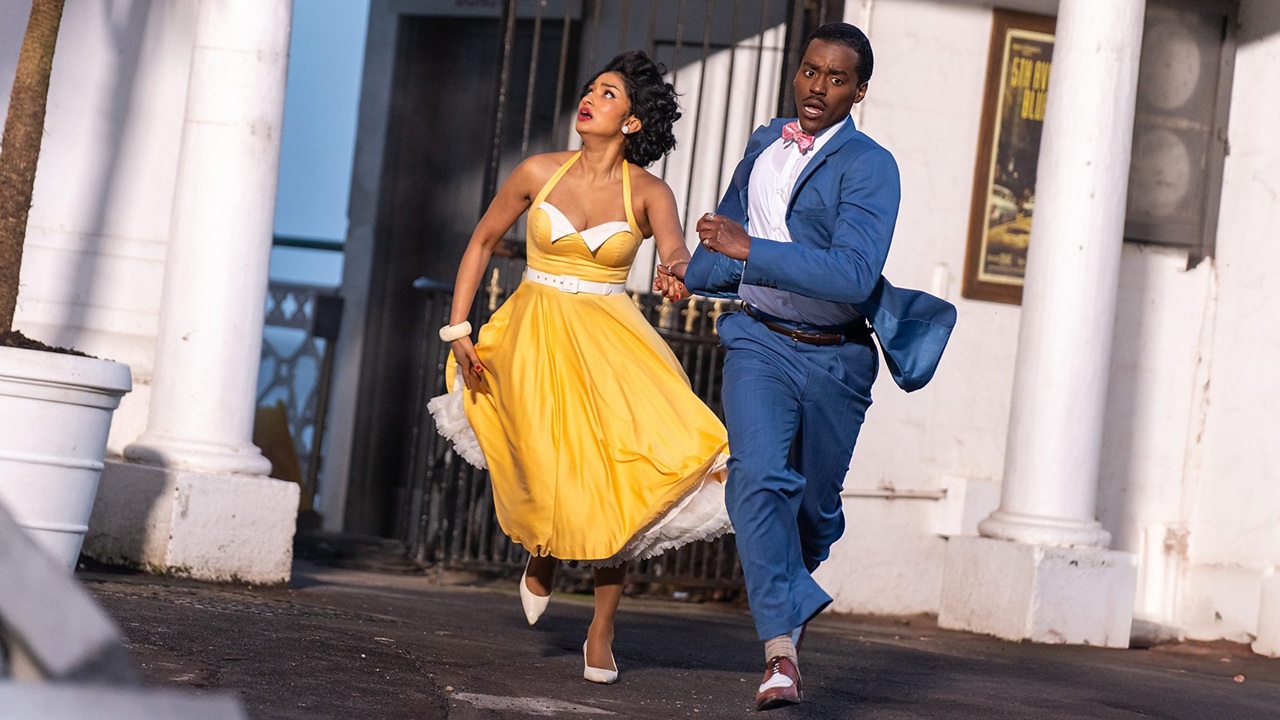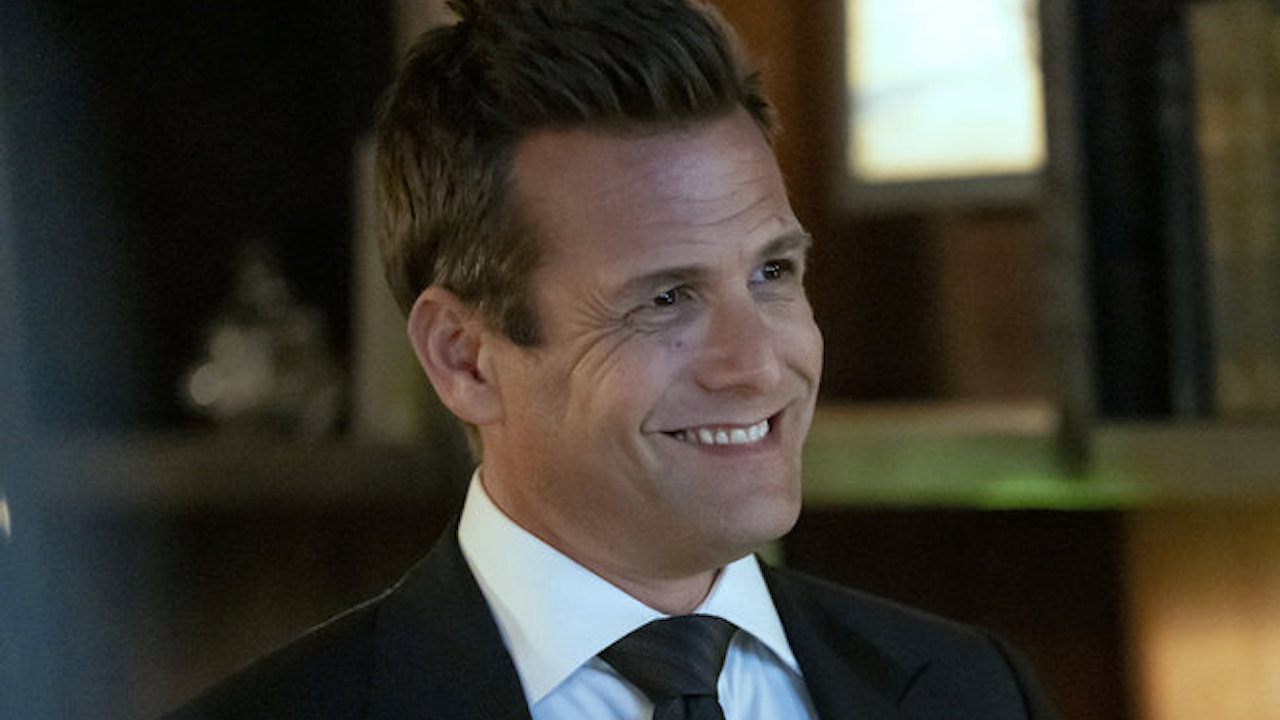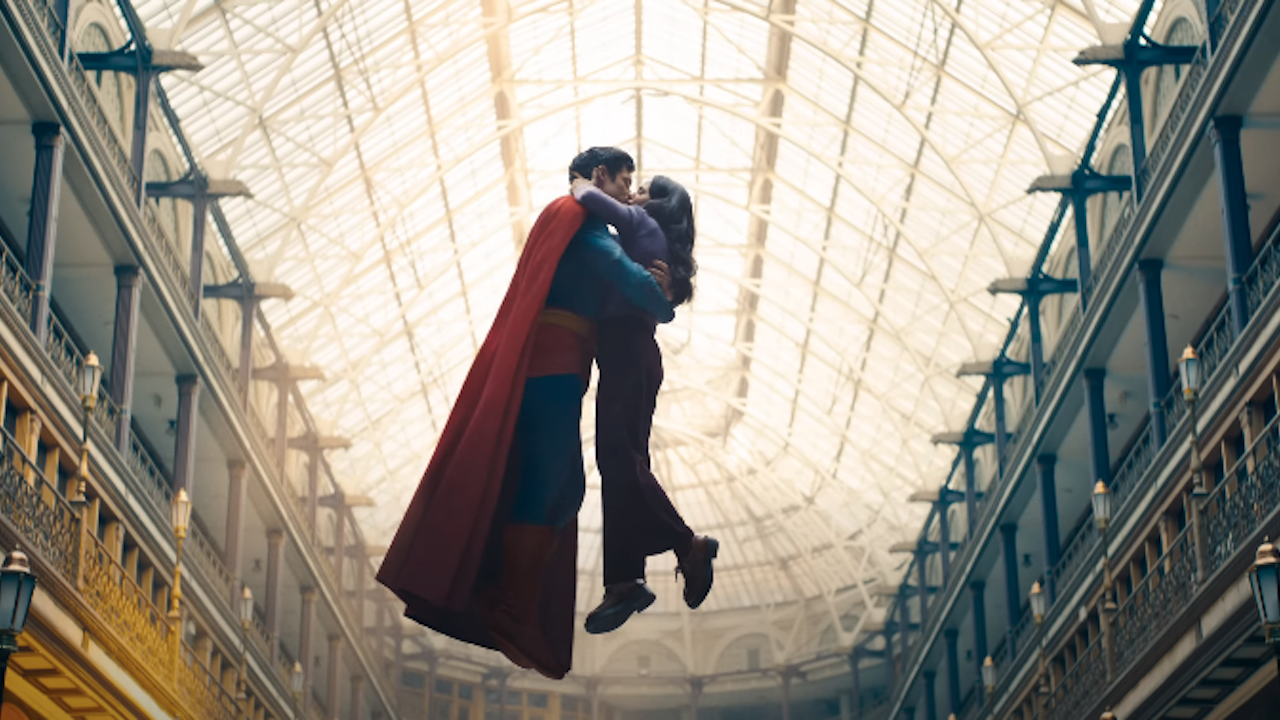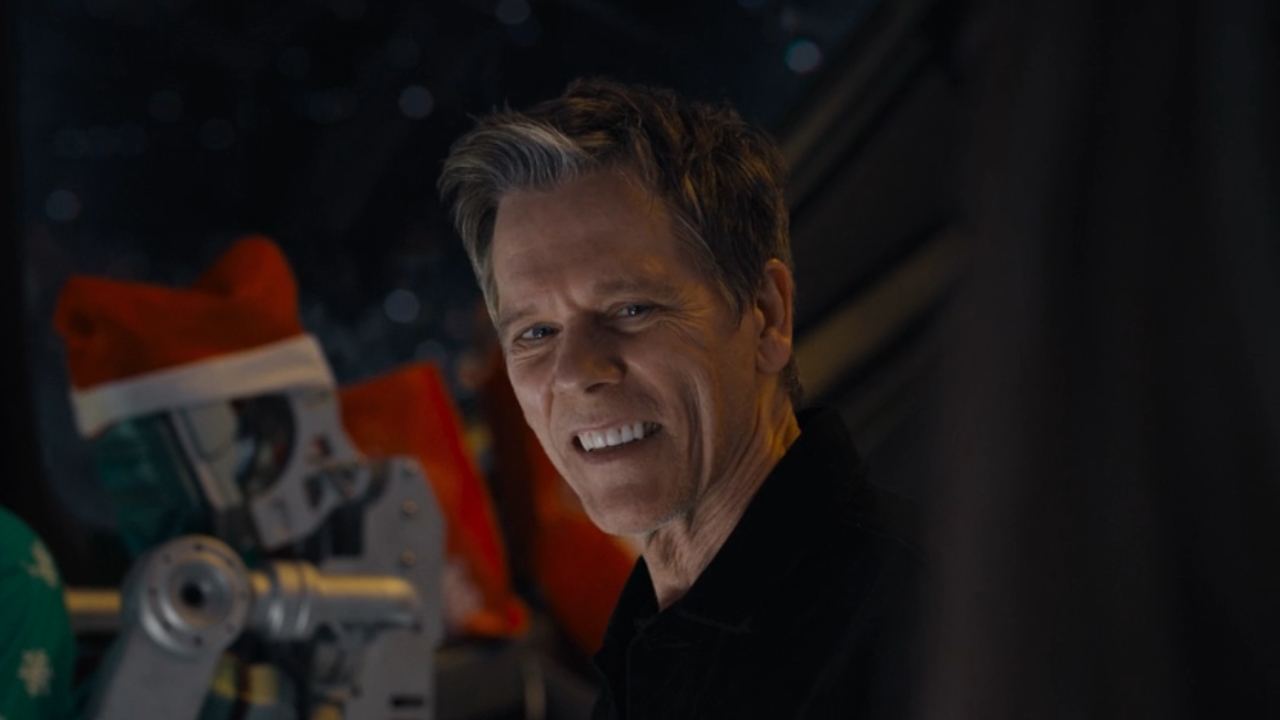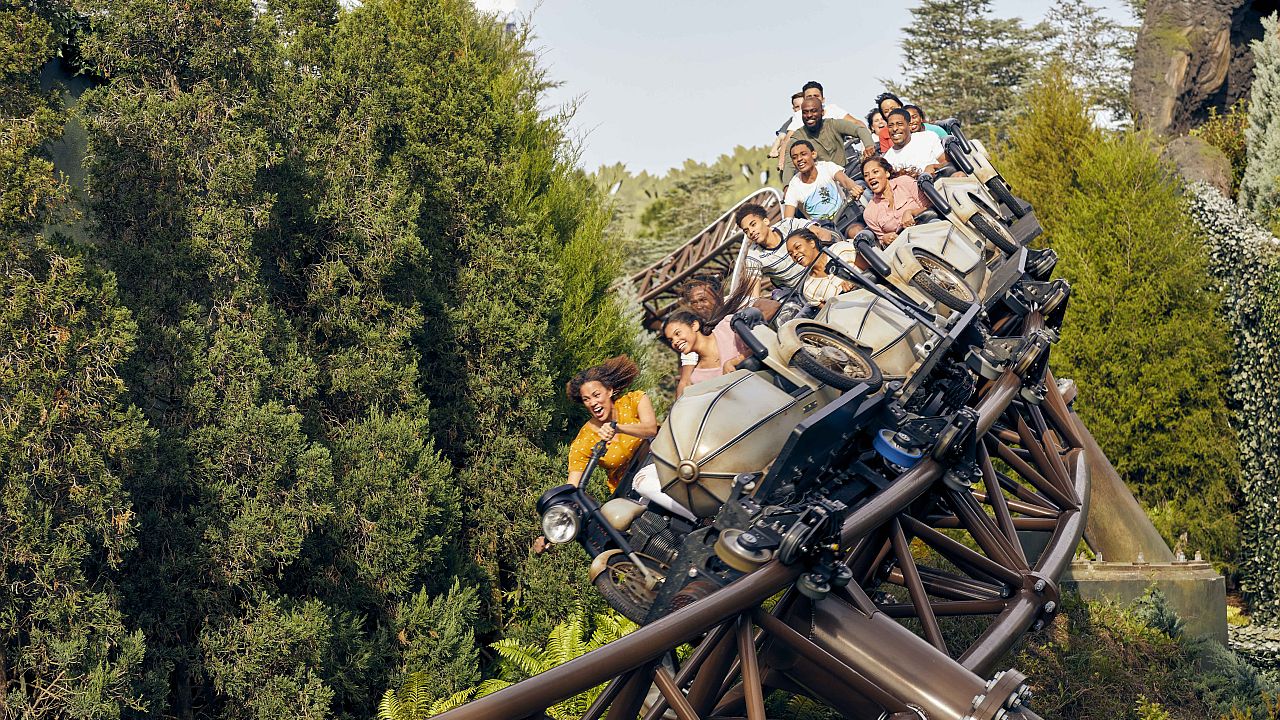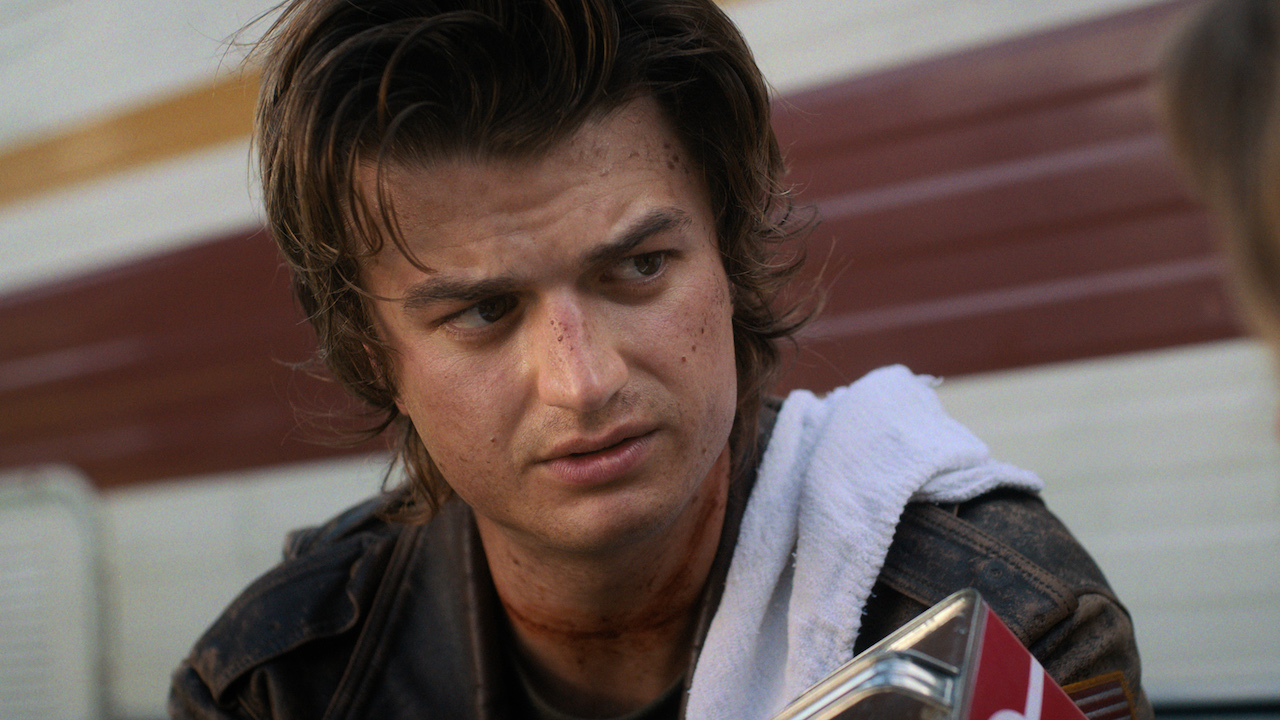Every Way Iron Man Upgraded His Armor In The Marvel Movies
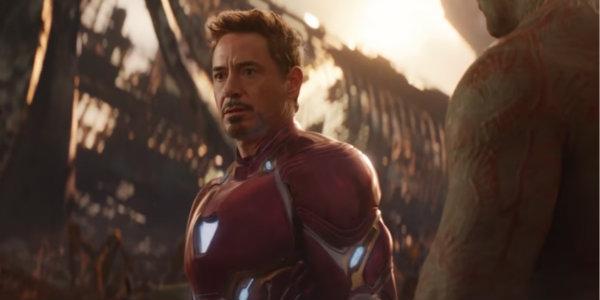
Some insane stuff happens in Avengers: Infinity War and much of it revolves around the importance of Tony Stark. The man who started the entire Marvel Cinematic Universe has remained a consistent presence ever since 2008, and so have his awesome suits of badass Iron Man armor.
On that note, and ahead of next year's release of Avengers 4 on May 3, 2019, we have decided to take a look back and investigate how Tony Stark (Robert Downey Jr.) has changed, evolved, and modified his suits with each passing film ever since he decided to take on the mantle of Iron Man. We have several different movies to get to, so let's get started at the very beginning: 2008's Iron Man.
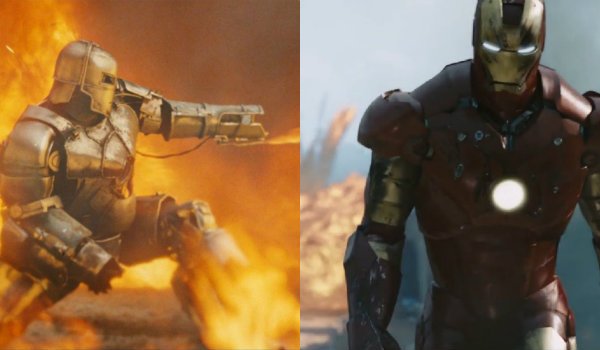
Iron Man
The one that started it all. Without Jon Favreau's Iron Man, there would be no Tony Stark, and this is the film that offered up the armored Avenger in his crudest and most rudimentary form. As the origin story of the beloved hero, this is the film that gives us the basic idea of what Iron Man is at his core. To accomplish that, the film shows us the Mk. 1 armor during Tony's imprisonment, which is a bulky walking tank that's mostly used for melee combat but also features some rockets and flamethrowers, plus whatever other weapons he could jerry-rig during his time in the cave.
After his escape and his return home to Southern California, Tony gets to work in his garage and puts together a couple of different Iron Man suits. The advancements seen in this movie include him figuring out how to prevent ice buildup at high altitudes, changing the color to the now-iconic red and gold scheme that we know and love, and perfecting the repulsor weaponry.
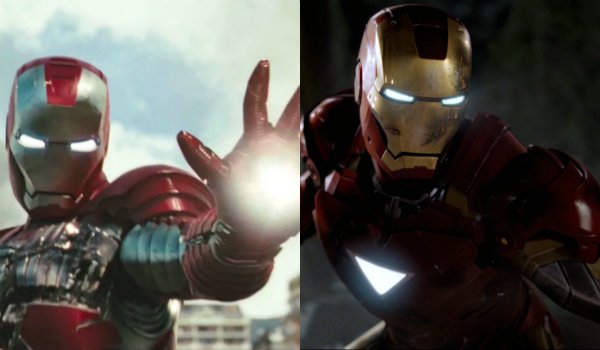
Iron Man 2
Though Tony Stark did make an appearance in The Incredible Hulk, the next appearance of the Iron Man armor came during the events of Iron Man 2. In this movie, it's all about fine-tuning the weaponry and gadgetry that appeared in the first film. Specifically, Tony's ability to get the armor on and off in a pinch improves considerably, and the inclusion of the modular briefcase suit shows that he's committed to developing more than one version of the armor to suit a particular need -- in this case, portability.
However, the third act of the movie also shows another major improvement to the Iron Man armor design in the evolution of the arc reactor. The main narrative through-line of Iron Man 2 is that the palladium-based reactor in his chest is killing him, so he eventually gets to work and develops a brand-new element to enhance the suit and provide him with a more stable and healthy means of keeping him alive. Though it's not explicitly stated in the movie, this element turns out to be vibranium.
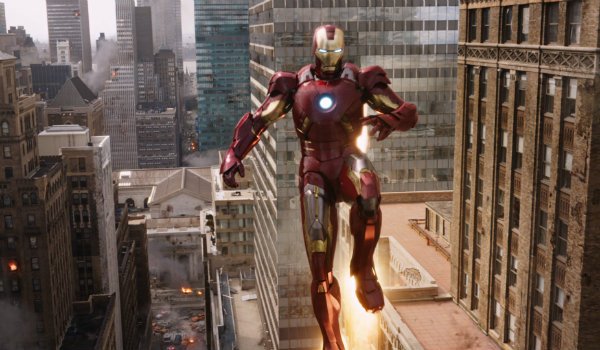
The Avengers
As the culmination of the Phase 1 movie slate, The Avengers is also the wrap on every advancement seen in the Iron Man armor to this point. In his first scene with Agent Coulson, we see that Tony has pretty much perfected the art of having his robot arms apply and remove the armor, and his ability to fly it around the New York skyline has been honed to a science. Moreover, we see him put the Iron Man 2 armor up against its toughest challenge yet when he battles Thor in the forest and learns that the Norse god can actually overcharge his arc reactor and give him more power.
CINEMABLEND NEWSLETTER
Your Daily Blend of Entertainment News
Then there's the later Mk. 7 suit that he wears during the Battle of New York. There are a number of weapon upgrades in place on this suit -- even without the "spinning rims" that he would've included if he had more time. That said, the biggest things to note about the final Avengers suit is the fact that it was designed to find special homing beacons attached to Tony's wrist (thus removing the need for the briefcase) and it featured a jetpack stabilizer, so he wouldn't constantly need to use his hands for flight.
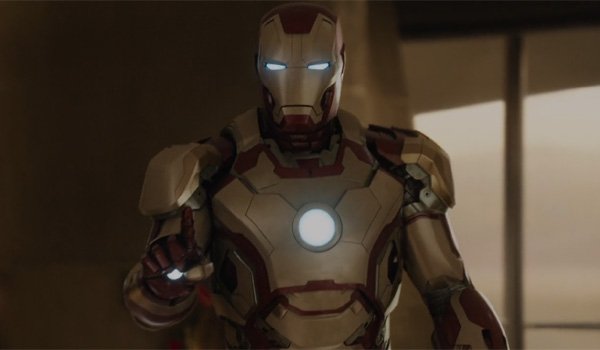
Iron Man 3
Without question, one of the biggest technological jumps that we see take place in the Marvel Cinematic Universe takes place between The Avengers and Iron Man 3. Traumatized by the attack on New York in the previous film, Tony has diligently worked hard to perfect the Iron Man suit with the Mk. 42 iteration of the armor. More beige than gold, this take on the Iron Man suit could lock on to beacons injected into Tony's body and fly to him piece by piece -- thus eliminating the need for the briefcase AND the wrist homing beacons. The suit is also even more modular, allowing him to wear a gauntlet or a boot without the whole thing.
But that's not all. The third act of Iron Man 3 is a massive affair, and we see all of the different Iron Man suits that Tony has developed. One of the big upgrades seen during this battle is the fact that he can allow J.A.R.V.I.S. to operate all of them simultaneously (a precursor to the Iron Legion) while he uses his own suit, and another is the Igor suit -- which serves as a clear precursor to the Hulkbuster armor that would eventually appear later in the Marvel franchise.
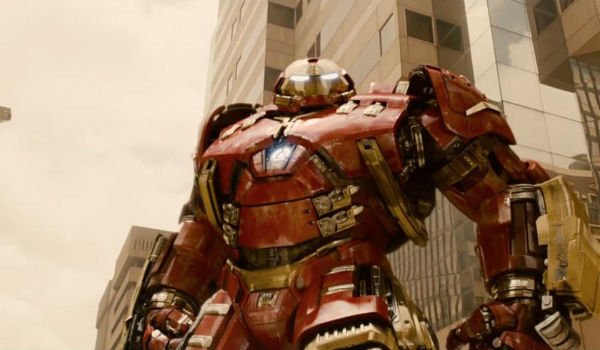
Avengers: Age Of Ultron
Speaking of the Hulkbuster suit, we obviously have to point out the fact that Avengers: Age of Ultron is the film that debuts the beloved and iconic piece of tech. More of an extension to the standard suit than a full-blown outfit in its own right, the Hulkbuster is an extra layer of armor designed to allow Tony to go toe-to-toe against a Hulked out Bruce Banner (Mark Ruffalo) in a fight -- which definitely seems to come in handy when Wanda Maximoff (Elizabeth Olsen) gets in the green guy's head.
The Hulkbuster stands out as a clear showstopper element of Age of Ultron's story, but it's not the only advancement that we see in the movie. In fact, the second Avengers movie also offers up a massive shift in MCU status quo by having Tony Stark switch out J.A.R.V.I.S. (who went on to become Vision) with his brand-new, Irish-accented artificial intelligence co-pilot: F.R.I.D.A.Y. Though F.R.I.D.A.Y. hasn't been around in the MCU nearly as long as J.A.R.V.I.S., she has played a massive role in helping Tony defeat a broad range of bad guys.
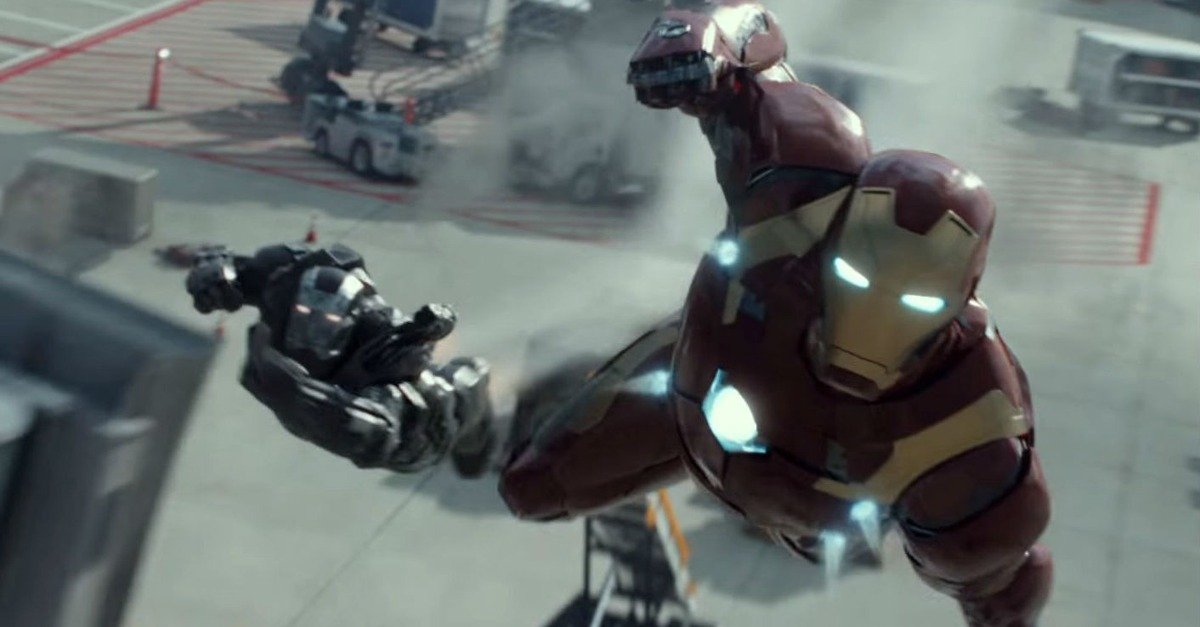
Captain America: Civil War
Steve Rogers (Chris Evans) is obviously the main attraction in Captain America: Civil War, but Tony Stark gets a chance to shine with some of his awesome tech as well. One of the key things to note about Iron Man in Civil War is the fact that Tony officially looks beyond the concept of a full suit in this movie, resulting in the creation of an Iron Man glove that's designed to be used without the aid of a suit -- unlike the Iron Man 3 gloves, which were used by themselves out of necessity when he couldn't access the entire outfit.
As for the Iron Man armor itself, Captain America: Civil War doesn't feature too many advancements over the Avengers: Age of Ultron armor. It's still armed to the teeth, and it's still incredibly durable in this film. However, two major features that we see in this film that we don't see in other movies are a full-retractable helmet that stores in the back of the armor, as well as software that allows F.R.I.D.A.Y. to track, analyze, and match the fighting style of a skilled hand-to-hand combatant like Captain America.
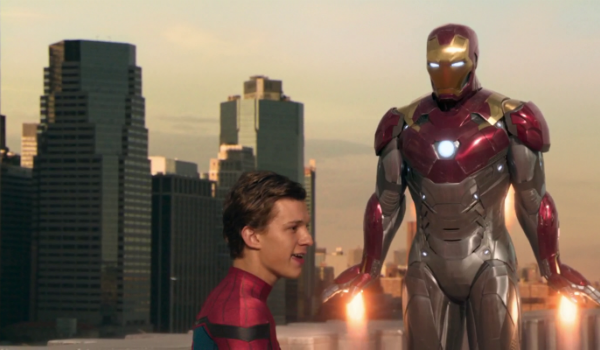
Spider-Man: Homecoming
Chronologically speaking, Spider-Man: Homecoming takes place directly after the events of Captain America: Civil War, which means Tony Stark doesn't have too much time to improve upon the Iron Man suit used against Steve Rogers. Nevertheless, some noteworthy features make this a unique film in the greater Marvel Cinematic Universe continuity. Chief among these upgrades is the improved remote function, which allows Tony to operate the suit from halfway around the world so well that Spider-Man actually thinks that Tony is inside the suit.
Not much else changes for the Iron Man suit beyond that, but that doesn't mean that Tony doesn't make some major advancements. Specifically, Spider-Man: Homecoming offers up a look at how much work Tony put into designing the Spider-Man suit, as well as the Karen artificial intelligence co-pilot that helps Peter Parker out on his missions. Moreover, Spider-Man: Homecoming also offers up our first good look at the Iron Spider armor, which Peter ultimately refuses at the end of the movie -- instead opting for his classic red and blue suit.
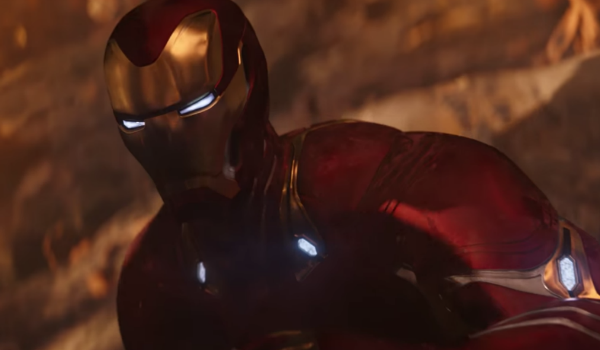
Avengers: Infinity War
Last but not least, we come to Avengers: Infinity War, which is almost certainly the biggest leap in technology that the Marvel Cinematic Universe has ever seen. Right off the bat, we learn that Tony Stark's beacon technology that he has used ever since Iron Man 3 is now outdated, as he can manifest the armor at will using nanotechnology -- not unlike T'Challa's vibranium armor in Black Panther, which similarly materializes over his clothing. The difference here is that Tony's clothes aren't destroyed by the process, making the Iron Man suit even more efficient and practical.
Beyond that, the Iron Man suit from Infinity War is basically something out of a science fiction movie. Tony can survive trips into outer space with it, he can manifest replacement parts to damaged portions of the suit, and he carries more weapons than ever before on a chassis that seems slimmer and sleeker than ever before. The suit itself is basically perfected at this point, with the only limitation being that Tony cannot access F.R.I.D.A.Y. when he leaves Earth's atmosphere.
Originally from Connecticut, Conner grew up in San Diego and graduated from Chapman University in 2014. He now lives in Los Angeles working in and around the entertainment industry and can mostly be found binging horror movies and chugging coffee.

